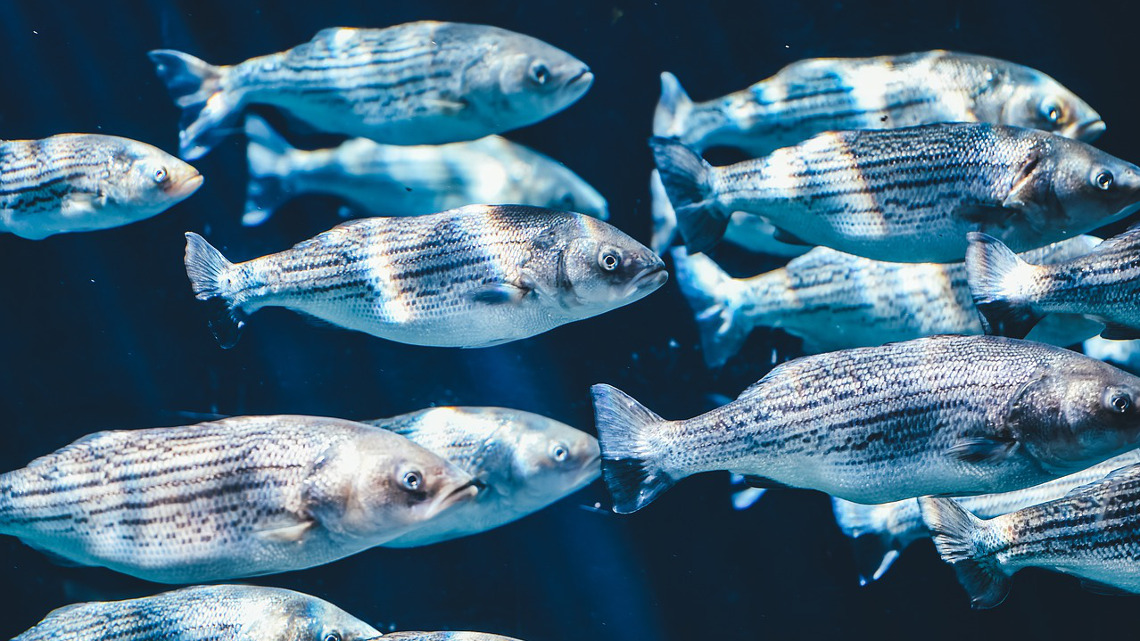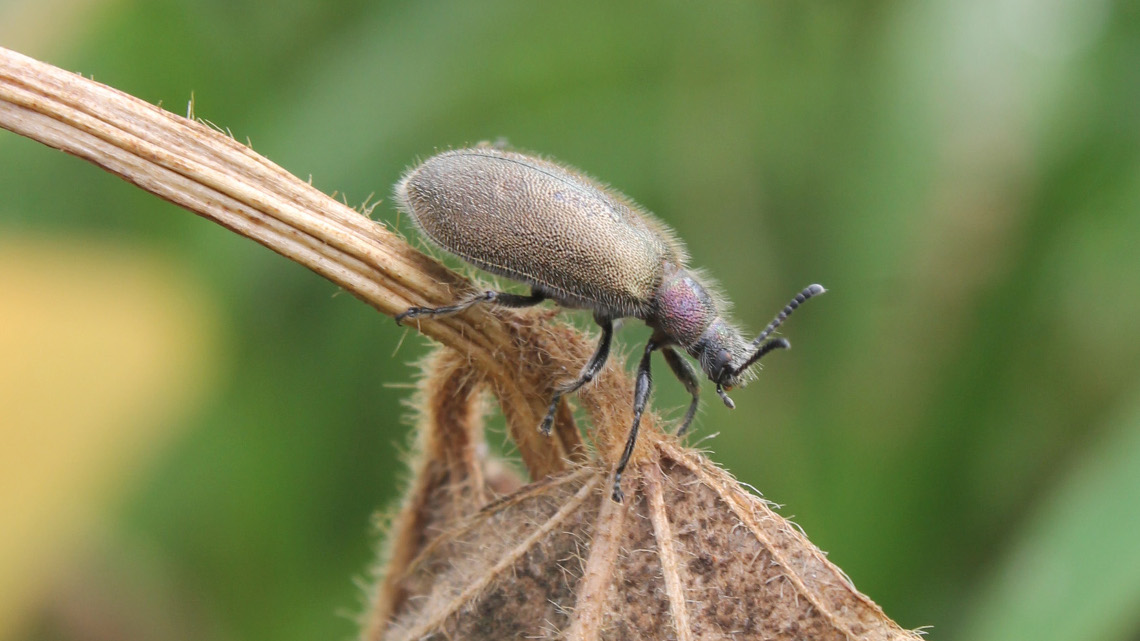Size-selective fishing shapes evolution
Size-selective fishing influences genetic traits of fishes within only a few generations. This is the result of a long-term experiment of German und Finish evolutionary biologists.

In order to preserve the fish population, fish have to be above a certain size before they can be caught. This is supposed to ensure that only adult animals will be caught and the younger ones will be able to procreate. Therefore most catching devices are specified for bigger fish, while smaller ones are able to escape. Although this size-selective fishing is designed to protect smaller fish, scientists are debating to what extent this method affects the size of the fish once they reach adulthood, how it might affect their behaviour, and whether it might in fact alter the genes of the fish. Researchers at the Leibniz-Institute of Freshwater Ecology and Inland Fisheries (IGB) together with the Turku University in Finland were able to demonstrate that the continuous removal of the biggest fish does in fact cause changes in a multitude of genes.
Genetic changes after only five generations
Under controlled conditions and taking almost ten years the exact relationship between size-selective fishing possible genetic changes was analyzed. Two populations of the model organism Zebrafish were kept and caught for five generations. For one population only the biggest fish were extracted, while random fish were taken from the other population. Subsequently no fish were caught for either population for six generations in order to recover from fishing pressure. The results of the study are published in the journal Molecular Ecology: within only five generations of size-selective fishing the fish adapted the expression and activity of more than 4300 genes. These changes in gene expression pattern also co-occurred with changes to hundreds of small gene locations (allele). Changes in gene expression that extent to the gene locations are a hallmark of evolution. “This proves that increased, size-selective fishing pressure translates to the DNA structure and to gene expression patterns – fishing affects evolution”, explains Robert Arlinghaus at the IGB, head of the research project.
Genetic changes are lasting changes
Not only the genes are affected by the selective fishing methods. A previous study published in 2015 already showed that adapted fish invest more energy into reproduction, grow slower in adulthood, and are generally shyer. “Combined, both studies show that genetic changes do in fact cause changed characteristics like reduced adult size. Since the changes are caused genetically, decreased growth or increased shyness cannot be reversed that easily, even after the end of fishing”, says Arlinghaus.
Size range instead of minimum size
Both studies demonstrate that size-selective fishing drives evolution. The bigger, trusting animals are caught, while the smaller and shyer fish survive and are thus able to pass on their genes and behavioural patterns. Also the fishermen are recognizing that they are catching fewer and fewer sizeable fish. Arlinghaus is calling for a more sustainable fishing method: “We recommend new regulations that work with a window of size rather than a minimum size for catching fish. With the minimum and maximum sizes both extremes would be protected: the smaller, immature fish, but also the bigger animals that are ready to spawn. This regulation would significantly reduce the selection pressure for characteristics such as growth, sexual maturity, and shyness. Arlinghaus also stresses that this regulation would additionally protect the adaptability of an entire fish population as well as their long-term survival.
jmr


